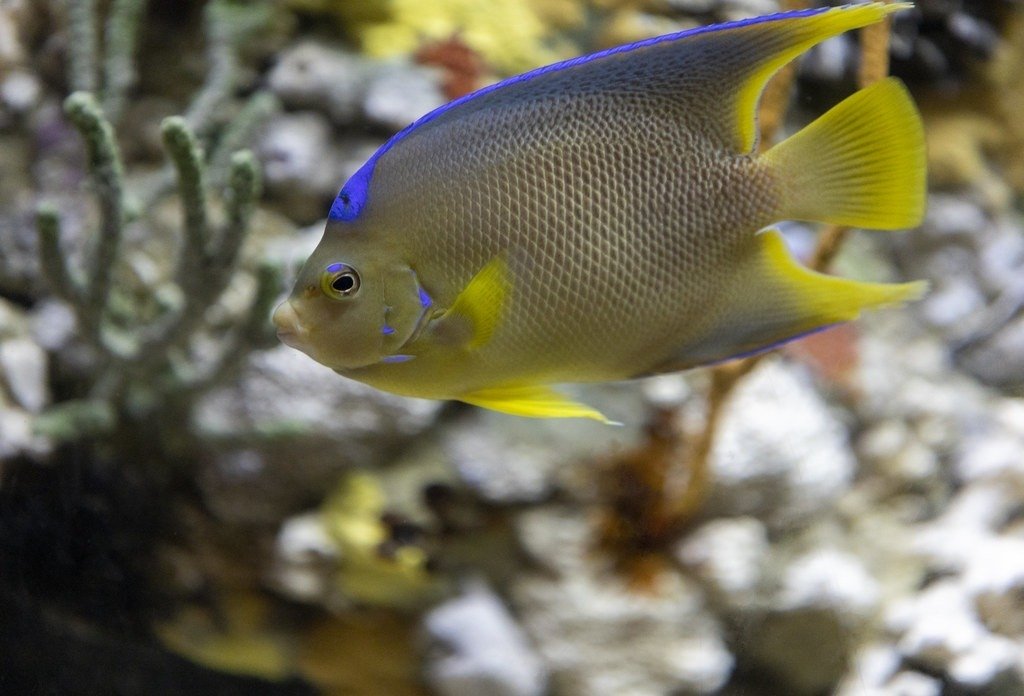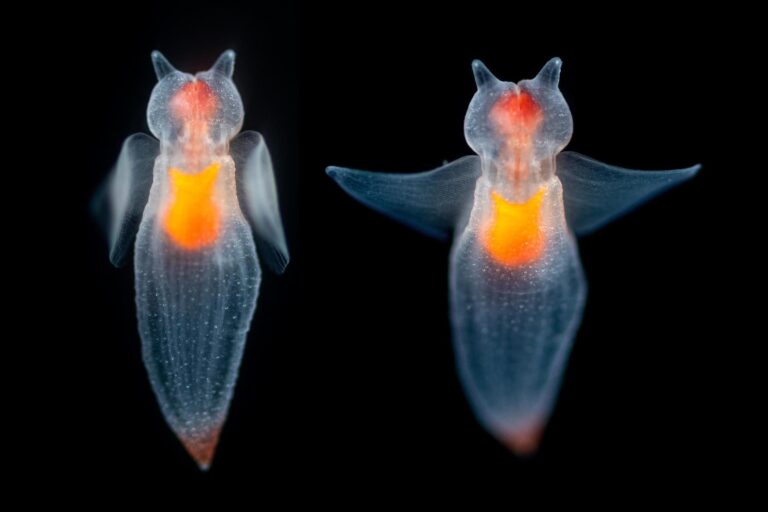Majestic Queen Angelfish: Best Royalty Unveiled Underwater
Gracing the teeming ocean floors and the cool blue of aquarium waters alike, the queen angelfish is a marine sovereign that captivates the hearts of marine biologists, divers, and aquarists. Its vibrantly colored scales and regal demeanor make it not just a sight to behold but a species rich in significance for our understanding of marine life and the preservation of ocean habitats. In this detailed exploration, we’ll unveil the mystique of the queen angelfish from its oceanic reign to the glass palaces of aquaria, and impart the importance of conservation for this ethereal underwater royalty.

Introduction to Queen Angelfish
The queen angelfish (Holacanthus ciliaris) is a species of marine angelfish. With its brilliant colors and intricate patterns, it’s a fixture of the Caribbean reefs, known to command attention and awe in equal measure. Its name is a dual tribute, as it mirrors both its regal appearance and position in the reef hierarchy. Often said to resemble a flame when they flash their bright blue and yellow bodies, queens are a staple emblem of the Western Atlantic’s coastal coral ecosystems, their beauty matched only by the sprawling colors of the coral and sea sponges among which they sway.
Habitat and Distribution of Queen Angelfish
Queen angelfish are found primarily in the Western Atlantic Ocean, from Florida down to Brazil and the Gulf of Mexico. They favor the bountiful and varied reefs that proliferate along these shores—miniature cities of coral that offer the perfect blend of protection and sustenance. This species particularly enjoys sites with ledges, caves, and overhangs where they can find refuge, rest, and a varied diet of sponges, algae, and invertebrates.
Physical Characteristics and Unique Features
Visually striking, the queen angelfish is a brilliant combination of blue, yellow, and vibrant hues of green, orange, and purple. Juveniles and adults sport different color patterns, with juveniles presenting a midnight blue body with electric blue specks that give way to the more familiar regal appearance as they mature. Their distinctive crown-like protrusion at the front of their skull also adds to their majestic aura.
Behavior and Social Structure
Queen angelfish are often found in pairs or solitary, roaming their territories with varying degrees of territorial aggression towards other marine life. Their social structure within the reef community involves careful maintenance of their living space, often consisting of a home range within which they forage and where the dominant adult angel protects its territory against intruders.
Importance in Marine Ecosystems
The role of queen angelfish in the marine ecosystem is multidimensional. They are one of the few species that can feed on toxic sponges, effectively maintaining the sponge population through what is termed ‘ecosystem engineering.’ By keeping these sponges in check, they prevent the dominance of one species over others, maintaining the ecological balance of the reef.
Challenges and Threats to Queen Angelfish
While the queen angelfish has long enjoyed the sanctuary of coral reefs, their position is not immune to the pressures of climate change, overfishing, and habitat destruction. These reefs are under a variety of threats, including ocean acidification, coral disease, and rising sea temperatures, all of which affect the delicate balance upon which the queen relies.
Conservation Efforts and How Individuals Can Help
Conservation efforts for queen angelfish primarily revolve around the protection and restoration of their natural habitats. Initiatives to create marine protected areas (MPAs) help safeguard their reefs, while broader efforts to curb carbon emissions and pollution play a crucial role in mitigating the harm to reef ecosystems.
For individuals, responsible seafood consumption, sustainable travel practices, and supporting ethical aquaria are key actions in the preservation of queen angelfish and their habitats.
Tips for Observing Queen Angelfish in the Wild
Encountering a queen angelfish in the wild is a moment of pure marine magic. To maximize the likelihood of such an encounter, it’s advisable to visit well-preserved, serene reef environments. Snorkeling or scuba diving provides close-up experiences with these majestic creatures, allowing for a rare study of their behavior and interactions with their surroundings.

Queen Angelfish in Aquaria: Care and Compatibility
Queen angelfish, as with all marine species, require specific care in an aquarium setting. Their large size, territorial nature, and specialized dietary needs mean that only experienced aquarists with ample tank space and appropriate knowledge should consider keeping them. Compatibility with tank mates must be carefully managed, and the tank environment should mimic the structure and conditions of a healthy reef.
Conclusion: The Importance of Conservation and Responsible Marine Hobby Practices
The queen angelfish embodies the heart of the ocean, a vibrant emblem of the beauty and diversity that our marine environments hold. It is incumbent upon us, as stewards of the seas, to recognize the impact of our actions on this underwater world. By championing marine conservation, practicing responsible hobbyist habits, and continuing to deepen our understanding of marine life, we ensure that the reign of the queen angelfish—like the depths it calls home—remains a well-preserved kingdom for generations to admire and cherish.







